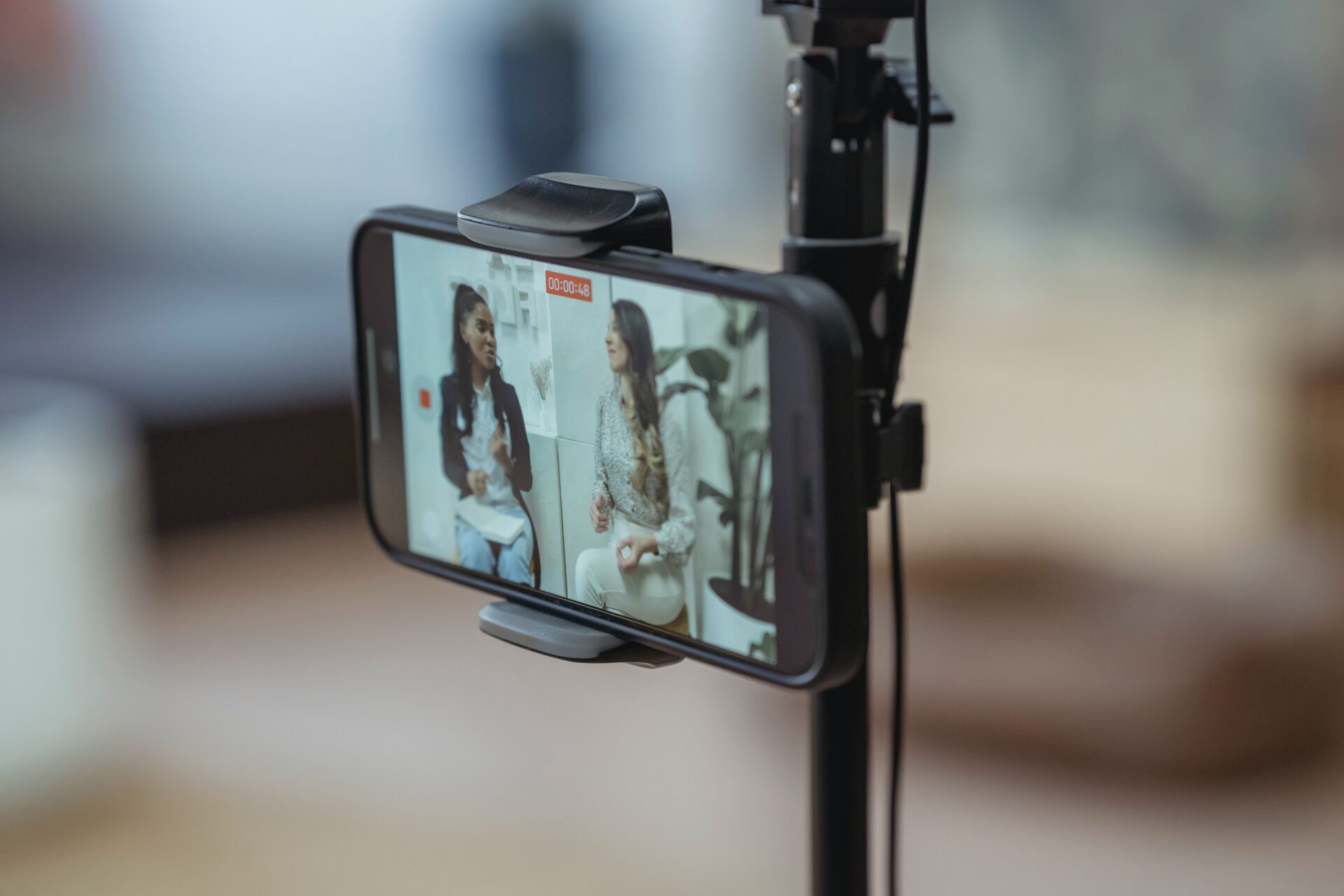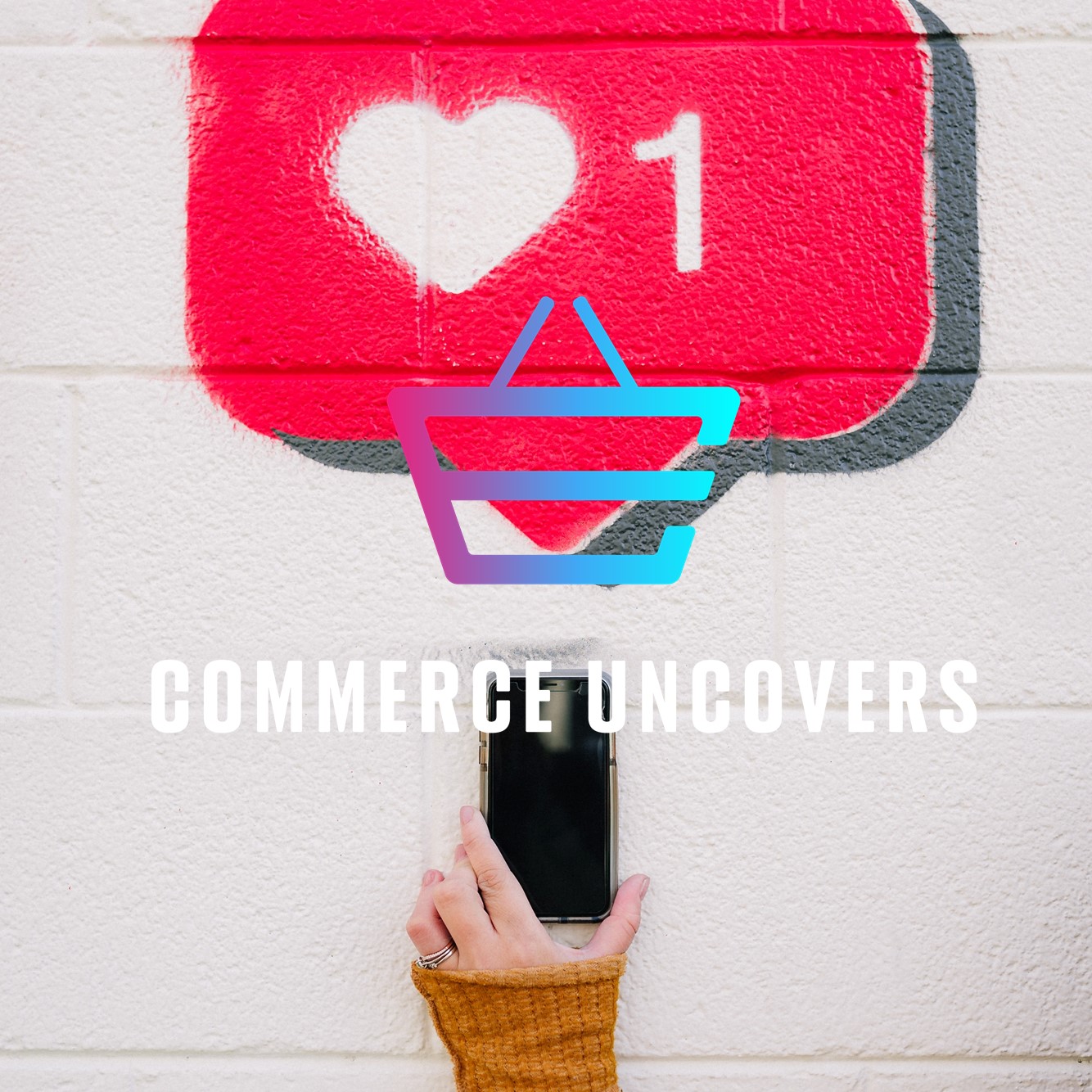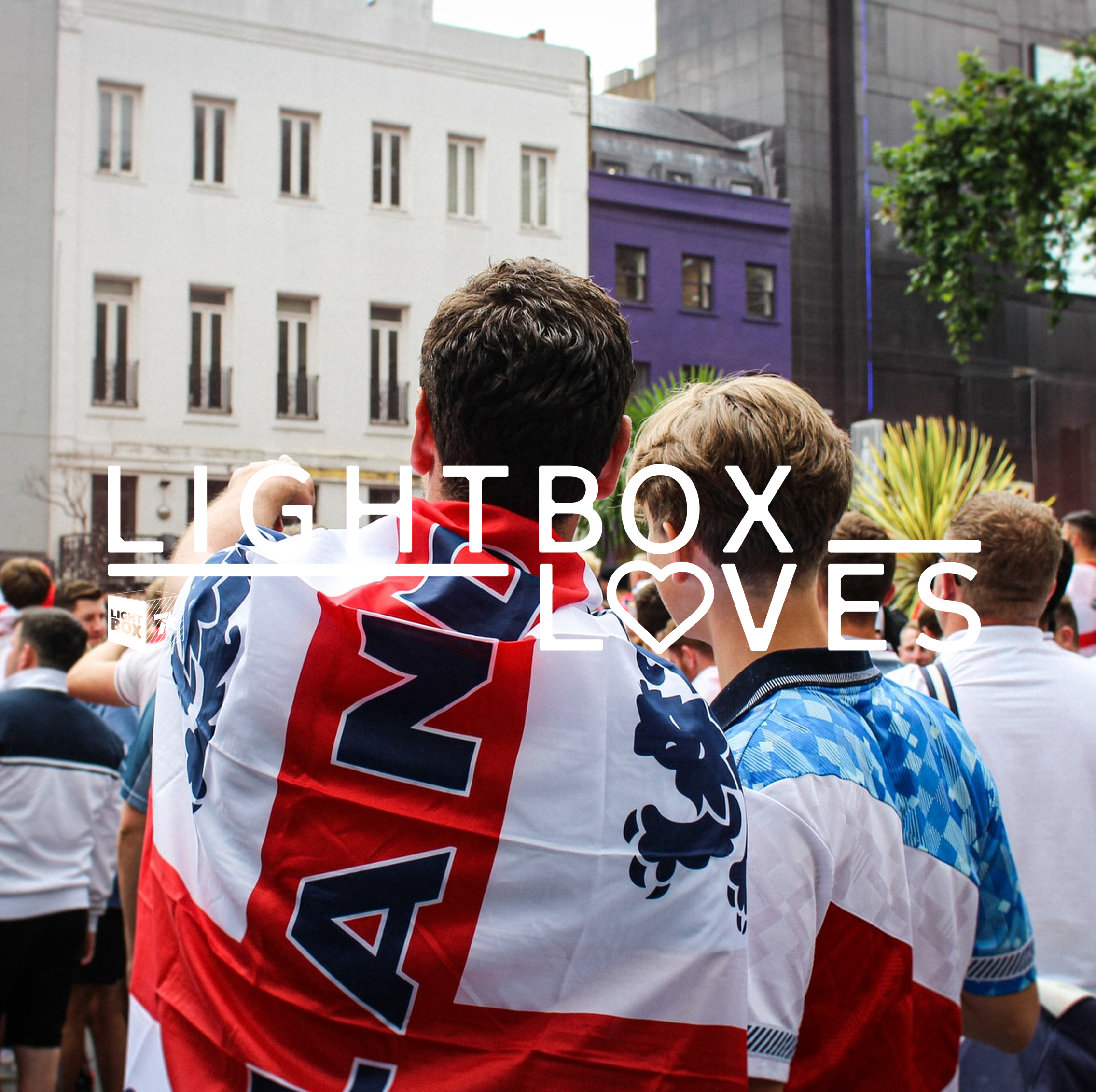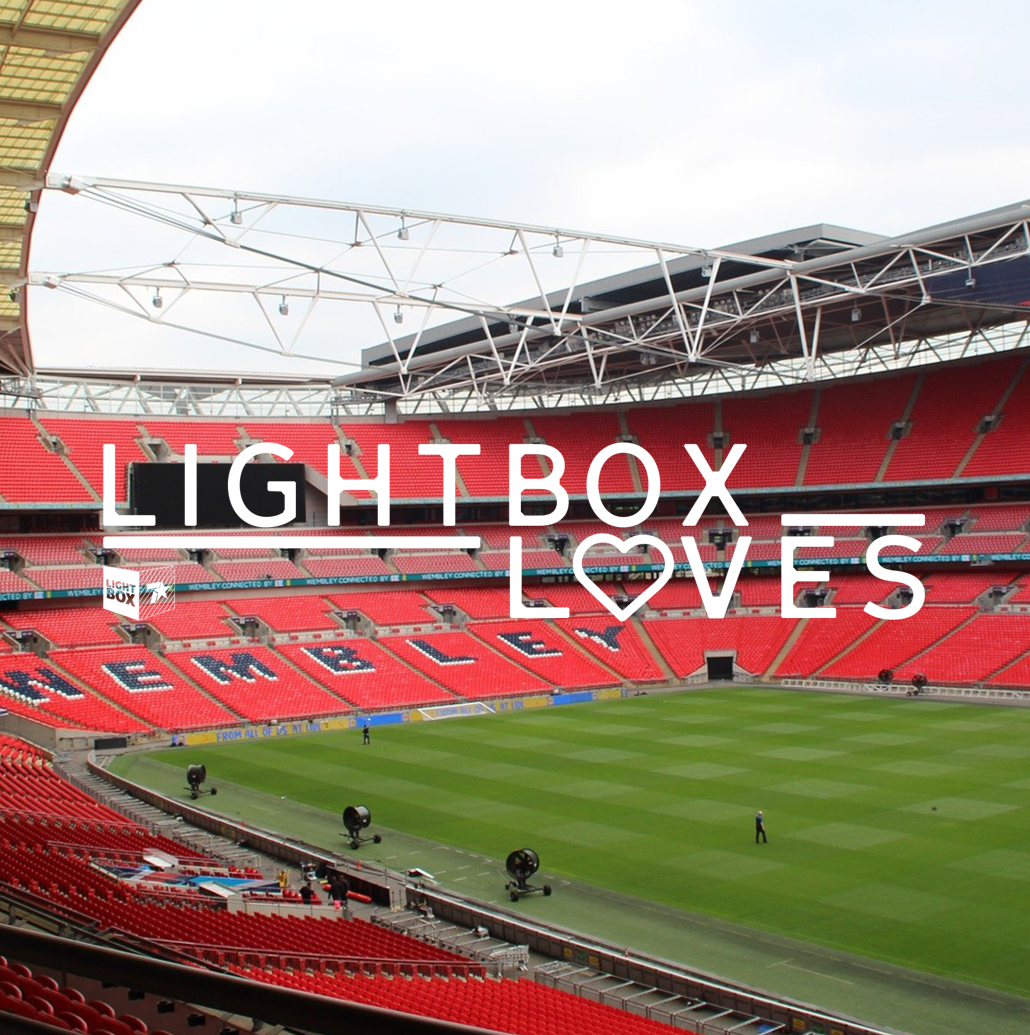
While the marketing industry continues to debate the challenges of a cookie-free future and the value of attention metrics, it’s easy to forget what really matters to people when it comes to brand choice.
BrewDog learnt the hard way recently when a group of ex-employees blasted the craft beer firm for its terrible company culture. Before them, the Boohoo boycott shined a light on unethical and unsustainable manufacturing standards. These high-profile fallouts are a timely reminder that a brand’s credentials go way beyond just their product or service offering.
the7stars’ quarterly tracker (The QT) has monitored consumer sentiment and intent since 2016. The most recent 12 months, including the pandemic and lockdown that followed, brought about a significant shift in how people are feeling about life and their intentions towards brand consumption. Trust, it turns out, is high on the agenda.
7 in 10 Brits agree that trusting a brand is more important to them now than in the past. Overtaking traditional rational considerations of quality and value, our data reveals the current top drivers of brand choice to have tilted into the emotional spectrum, towards trust-related metrics. 60% agreed that, over the past year, the feeling of ‘being put first’ by a brand had become more significant. People want to be treated like people – not like a body of consumers or a data point. It might seem minor, but it’s a big deal in terms of the sentiment and positioning that brands have an opportunity to get right.
If reputation is a codeword for trust, 2 in 3 Brit’s agreed that it became more important during the pandemic. In turbulent times, people rely on safe bets, spending money with brands that promise to meet their expectations. Amongst 18-34-year-olds, ‘knowing what to expect’ was cited as the top driver of brand trust.
On the flipside, being seen as a ‘category leader’ and having ‘brand heritage’ were the two least important drivers of brand choice, as people favour a more relatable human experience with brands they want to consume.
This desire for human connection was confirmed by the 8 in 10 who cited a positive response to the pandemic as another deciding factor in brand choice, and by the 1 in 3 who changed their shopping behaviours accordingly, whether that response was supportive of customers or staff.
So how can brands build trust? Start from within. Whether it’s a commitment to becoming a net zero company or being a vocal anti-racist advocate in your industry, people respond to brands that exemplify a more inclusive and responsible ethos, one embedded within company culture. Next, build on existing assets: authenticate your trust credentials by remaining true to the core values of a brand proposition and its communications. Finally, remember to adapt. The cultural landscape continues to evolve at pace, which provides an opportunity to build better relationships with the audiences we’re trying to engage. As their world evolves, so too should a brand respond to what really matters: be helpful, be kind, be wise – and ensure trust metrics remain relevant.

For decades, the Paralympic Games were, at least in the media world, an afterthought. With the British public seemingly fatigued after a marathon of summer sport, coverage of the games was too often neglected, relegated to a few hours a day on a lesser TV slot than its sister tournament, the Olympics.
Beijing 2008 was something of a turning point. Some 3.8 billion around the world tuned in to the Paralympics – a ten-fold increase on Sydney 2000. At long last, disability sport had gone mainstream.
Some brands were quick to take note. In 2010, Sainsbury’s became the first brand to solely sponsor the Paralympics, not the Olympics. And Channel 4, after 40 years of BBC coverage, acquired the Paralympics TV rights. They had a momentous task ahead: having seldom covered sports in the preceding years, Channel 4 planned to broadcast over 400 hours of London 2012 – a 400% increase on the BBC’s offering from four years prior.
Spearheaded by the ground-breaking Superhumans campaign, the 2012 Paralympics were a roaring success. Amid record levels of engagement, public perceptions of disability began to shift. Over half of the UK’s population tuned in, and 91% agreed that disabled athletes were just as talented as other athletes.
For brands who had signed on, Paralympic sponsorship offered an opportunity to spotlight the stories of disabled athletes in their campaigns, and ties to the event resulted in positive associations. Duncan Blake of BP, another longstanding disability sport backer, describes sponsorship of the Paralympics as “sport’s best kept secret” – noting also that those aware of the partnership were more favourable towards the brand.
Tokyo 2020 will mark another milestone for disability sport. For the first time, all 13 of the International Olympic Committee’s top partners will sponsor the Paralympics. As brands finally adopt the Paralympics into their portfolios, they must recognise the need to adapt to changing narratives around disability. Superhumans’ greatest success lay in persuading people to see disabled athletes as athletes. But the world has come a long way in nine years, and the 10 million disabled people in the UK simply want to be viewed as ordinary people. That’s reflected in Channel 4’s latest instalment, which places the emphasis on the humans behind the stories – the everyday challenges they overcome both on and off the field.
No longer is it enough for campaigns to depend on the emotional backstories of their featured athletes – they must be thought of as masters of sporting prowess, just as their non-disabled counterparts are. And they must not be limited to a fortnight’s exposure, every two or four years. If public attitudes are to continue to change for the better, disabled people need to be visible in British advertising, 52 weeks of the year.

The explosion of social media usage, evolving shopping behaviours, the democratisation of ecommerce and career flexibility have contributed to the rise of the creator economy. As people are looking for more ways to monetise themselves, their skills, and creations.
Like the rest of the ecommerce market, China has been leading the way. Creators or Kol’s in China are incredibly powerful, and many have become brands in their own right.
Ruhan’s (a Chinese incubator for influencers) top influencer brand sold over $24.6 million in a single day. Ruhan’s influencer brand ranked eighth, in terms of sales volume, for top women’s fashion stores, only outsold by brands like H&M; and UNIQLO.
Whilst Influencers in the West have been using platforms like Instagram to build their fan base, most of their content is produced for free, relying on big brands to supplement their income. With the exception of You Tube, most haven’t provided the tools to monetise that content.
But change has begun. Some creators have become influential enough to draw users to new platforms. Creators are gaining power in the media ecosystem as fans seek to connect with individual personalities.
New platforms are emerging that provide the tools and capabilities for creators to monetise their influence. One of these is Popshop Live, which recently secured $20m funding, backed by the likes of Kendall Jenner. It allows creators to connect their products to their audiences through live shopping, video entertainment and conversation with their fans.
Another is Spri.ng, which allows creators to design their own products, create a customer store, integrate with social channels to share product launches with their community, all whilst Spri.ng handle production, shipping, and customer support.
In response, You Tube, Amazon, Facebook, Tik Tok and Snap are all fighting for creators’ attention, knowing that they offer the secret to keeping both an audience engaged and the platform relevant. Tik Tok have put aside a creator fund of $241m (increasing to $1bn over the next 3 years), You Tube $100m and Snapchat $1m a day. Instagram recently rolled out their own creator network, allowing them to build, connect and monetise their brand across the platform.
The increased ability to engage with consumers through video and live content and with the ability to dovetail that with ecommerce, will make influencers more accountable, and the good ones more powerful, changing the way influencer marketing works. With the rise of the creator economy, brands have to acknowledge that no longer can they control the message. Instead, they must become part of the conversation. Associating themselves with the creators who can build trust and deep connections on their behalf is imperative for the ones who want to stay relevant.

As the Russian permafrost liquifies and weather patterns turn erratic around the world, the clock ticks for the challenge of climate change. Although collective responsibility is acknowledged, eyes turn to brands, both large and small, to don their own environmental credentials as some of the world’s biggest contributors to waste production.
The sustainability space within the realm of brands, however, has evolved beyond meaningless green badges and occasional decorative initiatives. Consumers now demand complete transparency from their brands and are wising up to greenwashing with 71% of people saying that opaque buzzwords such as ‘green’, ‘eco-friendly’ and ‘sustainable’ have now lost their significance. In turn, pressure mounts for companies trying to navigate a sensitive landscape with a strategy that is both authentic and effectual. While a multitude of brands have joined the sustainability bandwagon, only a select few have made genuine impact.
From NatWest’s carbon footprint tracking app to Ikea’s buy back scheme, the market as it exists urges brands to innovate or risk being left behind. the7stars asked consumers which aspects of sustainability they thought different markets should focus upon, unravelling insight into which issues lie at the heart of each industry.
Arguably, for fashion and grocery, greenwashing has become the most widespread. More than half (58%) say that they struggle to find brands who live up to their environmental claims. Lightbox Pulse survey results also find that the two industries garner the most concern for sourcing sustainable raw materials alongside ethical working practices for employees. With fast fashion and food waste being two of the most alarming crises in climate change, banning overseas sweatshops and encouraging business with Fairtrade-certified producers could transform these industries. Brands leading the way in these initiatives include fashion label Reformation whose slogan is ‘Being naked is the #1 most sustainable option. Reformation is #2.’ The LA based label commits to being 100% water, waste and carbon neutral. For the food industry, M&S and ASDA tackle the issue by introducing refillable grocery concepts in their stores whilst Iceland pioneers as the only supermarket in the UK to sell 4 different types of bycatch fish that is otherwise wasted.
Home furniture brands and packaged goods, however, were top contenders for recycling and waste management concerns. Although the packaged goods/FMCG industry is infamous for its damaging throwaway culture, the rise of fast homeware is another threat, rivalling fast fashion in depleting the world’s natural resources. Being the world’s largest furniture retailer, Ikea joined the anti-waste movement through its ‘Trash Collection’ campaign by showcasing Ikea furniture deposited on Norwegian coastlines that the retailer refurbished and resold for a discounted price.
On the other hand, utilities and travel populated the most votes for concerns on carbon emissions. For the former, consumers’ sustainability intent is evident with 81% of households switching to green energy tariffs in 2020 according to Compare the Market, as well as a steep incline in registered electric vehicles in the UK from 6,200 in 2011 to 200,000 in 2019. Meanwhile, for the travel industry, although only 16% are willing to forego air travel completely, consumers are willing to commit to smaller but maintainable green habits. For example, 1 in 3 plans to book eco-friendly hotels for their next holidays and younger cohorts are more favourable towards travel companies who offer carbon offsetting.
Although industries may differ in focus, one thing applies to all. Sustainability is now crucial not just for the planet, but for each brand’s economic interest and market competitiveness. With social media and a growing cancel-culture, brands cannot risk being caught on the wrong side of a global societal awakening.

When Marcus Rashford, Jadon Sancho and 19-year-old Bukayo Saka missed penalties in the Euro 2020 final, many people, particularly in the Black community, knew racial abuse would follow. These young men did their country proud, but racists took to online platforms to attack them.
It’s a disgrace that this is the reality in the UK but, even worse, no one was surprised by the hate directed against Black players and the Black community more widely. Slurs flooded the leading social media platforms, but insufficient action was taken to remove them.
No doubt, the racists who jumped online the minute the trophy slipped out of reach will be overjoyed with the publicity they gained. Rather than dwelling on the abusers and fuelling the fire, it will be more productive to consider how we can minimise their presence online. Social media platforms should be doing all in their power to block and remove racist content, when currently anyone can create an anonymous mouthpiece from which to spread hatred without repercussion.
A report in the i revealed that when users flagged abuse on Instagram, they were told that the content did not violate community guidelines. What message does this send to victims? Similarly, Twitter accounts that sent racist abuse to England players remain active.
Social media companies have made trillions of dollars from advertising revenue and will continue to do so. We believe that with that comes a responsibility to reinvest a proportion of their revenue to ensure that hate speech is not allowed to spread. Regulation isn’t a “nice to have”, it’s an obligation once platforms grow beyond a certain size.
If you spend time on any social media platform, it’s clear that most of the abuse and misinformation is spread via anonymous accounts, whose operators are then spurred on by the attention they gain.
Many platforms claim to be removing 99% of fake accounts, but we should be sceptical of these figures considering we don’t know how they are categorised. Facebook’s public data suggests the situation is out of control with the active removal of 1.3bn ‘fake’ accounts in a quarter.
One solution that many people have put forward is requiring individuals to supply an ID when they set up an account. This will come at a cost to social media companies. Once illegitimate accounts are removed, their user base inevitably will drop. This may have a significant impact on advertisers, but the priority must be to protect individuals.
At the7stars we’re calling on the government to regulate these platforms, finally, independently. Legislation must apply to any site that hits a certain level of adoption. There should be no alternative avenues that enable users to sign up under anonymity.
Whatever the cost to social media platforms, the cost to society is infinitely greater.

Are you starting to get bored with your usual shopping experience? Whether you needed to spice up the way you buy or not, shoppertainment is coming to give shoppers an experience to remember by using immersive and interactive digital experiences.
Originating in China to reach shoppers in the midst of the pandemic, and successfully growing there, this is a trend that European consumers want too, as more than two-thirds express interest.
Shoppertainment is proving to be great for consumer engagement and impulse purchases through the use of interactive content, such as livestreaming, games, pictures and videos.
Shoppertainment’s reported success makes it attractive for more brands to jump on the bandwagon and try out the livestreaming or a more interactive experience on their shopping sites and apps. This trend is also fuelled further by other developments in the industry, such as increase in video communication and online content consumption, and the rise of short video formats, which contribute to consumers’ shifting preferences to live and video engagement.
For European consumers, the preferred product categories for exploring through shoppertainment are electronics, fashion and cosmetics. They also favour content that is short (less than 10 minutes long), trustworthy and contains practical information, such as returns and delivery times.
This could be a major opportunity for brands who prefer to be at the forefront of new developments, try new techniques to reach and engage customers, and are able to create a truly engaging omni-channel experience.
Sources
2021 Forrester and AliExpress report ‘Shoppertainment is landing in Europe’ – http://azcms31.alizila.com/wp-content/uploads/2021/02/Shoppertainment-Is-Landing-In-Europe1.pdf
Tencent to launch a live streaming service rivaling Amazon’s Twitch – https://techhq.com/2020/06/tencent-to-launch-a-live-streaming-service-rivaling-amazons-twitch/
Brands Turn to Livestreaming as China Returns to Work – https://www.alizila.com/brands-turn-to-livestreaming-as-china-returns-to-work/
How ‘shoppertainment’ and live stream e-commerce is filling physical store gap in APAC – https://www.thedrum.com/news/2019/08/21/how-shoppertainment-and-live-stream-e-commerce-filling-physical-store-gap-apac

Earlier this year we heard from Real Madrid president Florentino Perez that ‘young people are no longer interested in football’. From the social media backlash that followed, it became obvious that he couldn’t have been more wrong and incidentally, the European Super League that he was helping to set up disastrously failed. Clearly, there’s an appetite for football among this new generation of fans, but not everyone is hitting the mark on how to talk to them about it.
To understand what excites Gen Z about the sport, we turned to social media (their favourite media channel after all). The England team’s youngest players were the most talked about during the Euro 2020, with 21-year-old Jadon Sancho topping their list. Jack Grealish was also among the most mentioned, with his Tiktok antics at least partially responsible. One Twitter user joked that ‘I’m on jack grealish x chase atlantic tiktok this is the most serotonin I’ve felt in my LIFE’. Interestingly, Harry Kane had the most negative mentions of all the players – perhaps because at the ripe age of 27, he feels less relevant to under-25s.
Unsurprisingly, Gen Z voices were strong among those who defended the England team’s young black players against racist outbursts after the final match. One Twitter user posted: ‘I love Marcus Rashford for everything he has done for this country.’ Gen Z were also keen to defend LGBTQ rights when UEFA prevented the German team from lighting up their stadium in rainbow colours. One young fan Tweeted, ‘Football will always be tied into politics, and I think Munich should do it anyway as a big f*** you to the Hungarian government and UEFA.’
Clearly, engaging Gen Z means tapping into their empathy, and their empathy and interest are even higher when they see their own generation being represented. Nike did particularly well with their ‘The Land of New Football’ advert, with messages of inclusion, diversity and 23-year-old Marcus Rashford as the campaign star. Irn-Bru also cleverly tapped into Gen Z’s experiences with their Euro advert, which played on the awkwardness of ‘first times’, a feeling that would hit close to home for many. BT’s Euro campaign revolved around combatting online hate, an issue which affects 1 in 3 Gen Zs according to the7stars’ research.
Understanding how to speak to Gen Z will not only ensure that campaign messages land and drive awareness, but also potentially create valuable brand advocates. As we’ve seen from their vocal reactions to issues raised during the Euros, brands who can tap into Gen Z’s empathy will be able to drive them to take real actions.
– the7stars
Sources: https://www.bbc.co.uk/sport/football/56818496, Brandwatch, AtoGenZ.

2021 has seen the long-awaited return of live sport after the cancellation of major tournaments, such as the Olympics and the UEFA Euros, due to the pandemic last year. England football fans celebrated the victory of their biggest match of the tournament so far this week against Germany and with the quarter finals on the horizon capturing the attention of these passionate football fans is going beyond mid game advertising, with multi screening set to reach a peak with the Euros drawing in unprecedented TV, online and social engagement.
In a study carried out by Mediaocean, they showed that 19% of sports fans globally follow the Euros (40% in Europe). Whilst this is 23% lower than the audience share that the Olympics attracts globally, Mediaocean emphasises how it is the importance the level of commitment and passion that is shown by these football lovers in comparison to the Olympics.
For starters, they are 61% more likely to watch sports online everyday than the average sports fan where Olympics watchers are only 21% more likely to do so. The nature and intensity of football also extends to the way that fans interact with the sport. Euros followers are 44% more likely than the average sports fan to follow teams and players on social media and furthermore 54% more likely to the listen to sports radio and podcasts. Again, this considerably higher than that of those who are fans of the Olympics.
With matches taking place across Europe with much reduced crowds, the rise of multiscreen also plays a huge part, with 61% of Euro fans saying that they use social media and browse the internet whilst watching the games, making them 20% more likely than general sports fans to engage with social and online advertising whilst the sport is being played out.
This also highlights the strong community feel that the sport and the tournament generates, especially with fans at home they are turning to digital and social media to enhance their experience of live games, with fans 40% more likely to message people during matches. This is where major social network platforms come into play, with the likes of WhatApp, Facebook, Youtube and new player Tiktok being used as a form of communication and to create a sense of unity, with WhatApp and Facebook Messenger now among the top 5 social platforms for audiences that follow the tournament.
The7stars’ research demonstrates the scale of the social conversation: since the 1st of June, there have been more than 250,000 social mentions of the tournament, discussed by over 110,000 unique authors. Given the ups and downs of the tournament, 1 in 3 posts has a ‘joyful’ sentiment while 1 in 5 is ‘sad’, showing this is a space where brands can tap into consumers’ emotions.
The key takeaway here is that the tournament is and will continue to spread its influence well beyond the allotted time of the matches themselves, offering brands a variety of ways to get involved in the conversation.
– Connie Dillon
Sources:
https://www.mediaocean.com/euros-sports-fans-multi-screening-omnichannel
Brandwatch social listening data



Recent Comments